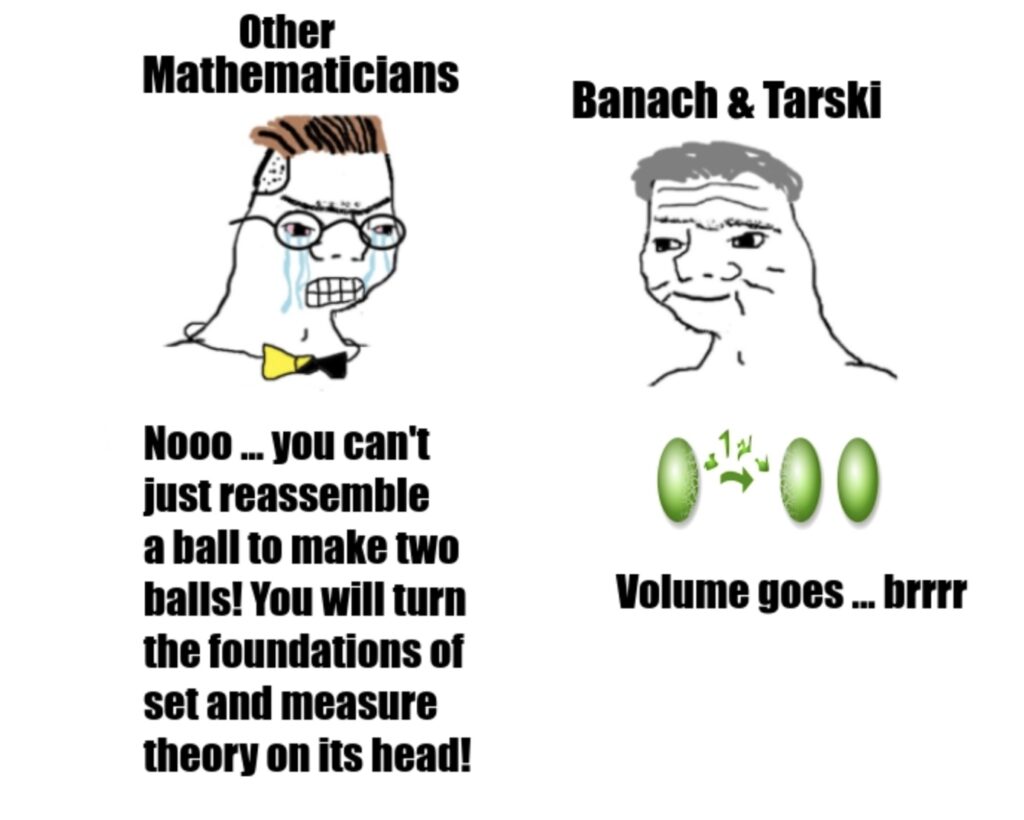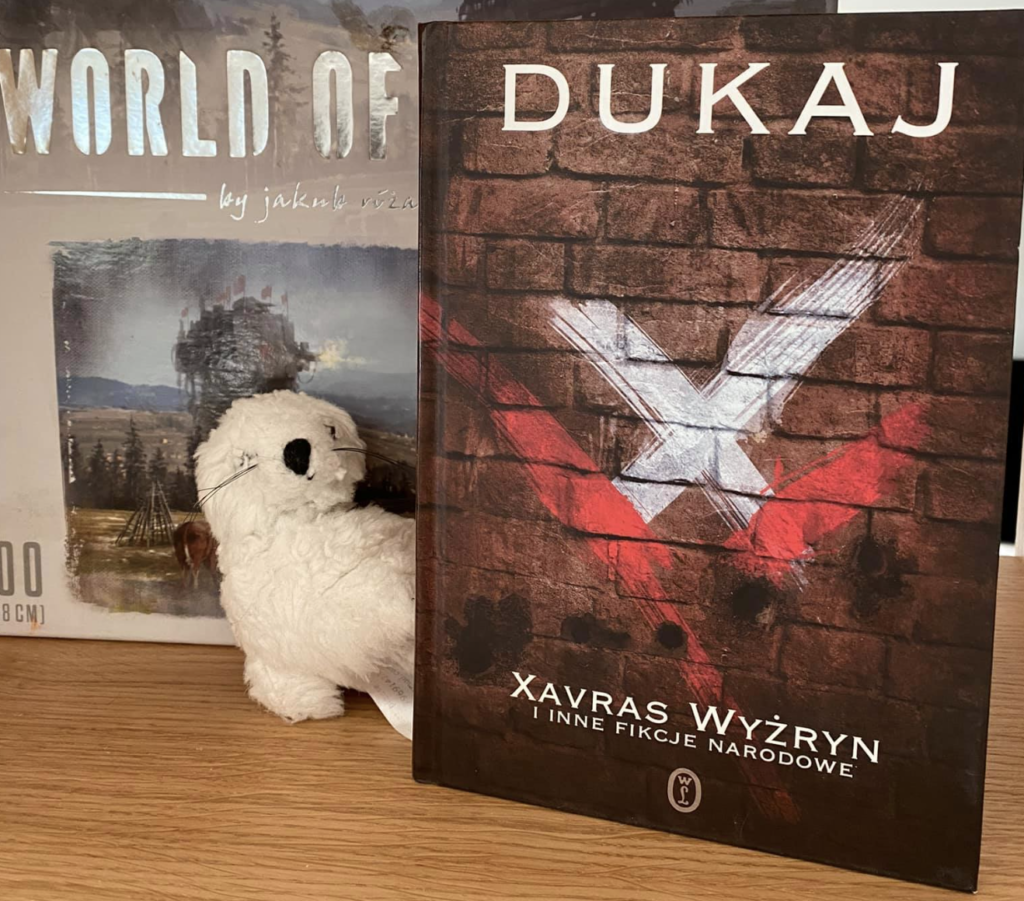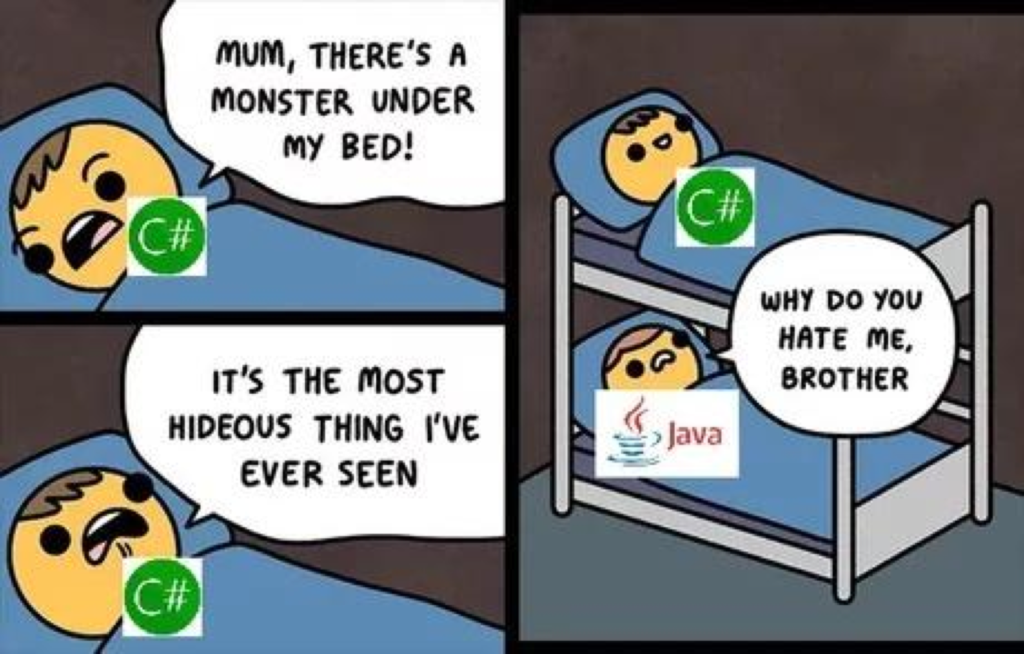I hope you will have as much fun reading today’s edition as I had writing it 😄 Because I have an explosive mix of math, crypto, layoffs and VR gaming for you!
1. The history of mathematics with Vived, or “how a strange concept is infinity”
We’ll start with a bit of ComingOut – Vived.io is a Polish application 🇵🇱. These words, by the way, I am writing to you from a vacation caused by a long weekend – November 11 is Independence Day in our country. Hence, I concluded that I must open the whole thing in some unusual way. Therefore, we will tell ourselves about the most outstanding achievement of the Polish interwar period.

I’m no mathematician, but I absolutely love what was happening with the queen of sciences at the end of the 19th and in the first half of the 20th century. On the one hand, we are talking about such foundations for computer science as set theory and Lambda Calculus. On the other – this period is marked by the activities of the last people who can be indisputably described as “Renaissance” ones. Such as Bertrand Russell, the author of Principia Mathematica (who, by the way, also contributed to the development of programming with his Type Theory), but also the thought experiment called “Russell’s teapot”.

On the other hand, we also had the opportunity to deal with such fascinating theories as Gödel’s Incompleteness Theorem, or the Banach-Tarski Paradox, which I will now want to deal with.
Stefan Banach and Alfred Tarski were prominent representatives of the Lviv-Warsaw School of Mathematics, who dealt with logic and the field of mathematics known as Measure Theory. Don’t be fooled by this boring name – it is the one that deals with the concept of infinity. And anyone who is familiar with, for example, Hilbert’s Infinite Hotel knows that this is an almost fascinatingly complex topic. However, no one seems to have touched on its indefiniteness as profoundly as the Polish mathematicians. After all, they proved that a solid body – a sphere – can be taken apart into infinitely many pieces, which can then be reused to create a sphere twice the size of the original. Intrigued? If so, I have an insightful video from the VSauce channel that takes the whole thing apart and shows where the genius of Polish mathematicians lay.

And if video isn’t enough for you, I recommend reading the book The Pea and Sun. It will help you walk the long road from simple arithmetic to understanding why Banach-Tarski’s Paradox is so fascinating.

Sources

2. Everything Stable on Crypto – it is on fire again

Two three-letter abbreviations – FTX and FTT – were on everyone’s tongues this week – why? As it usually happens in the world of cryptocurrencies…. well, because it was solidly “gutted”. The FTX exchange was the second-largest cryptocurrency exchange – right behind Binance. Behind FTX was Sam Bankman-Fried – a charismatic crypto guru who wanted to give direction to the entire industry and was spreading Steve-Jobs-like reality-curving aura. From documents of the Sequoia investment fund:

FTX, like most cryptocurrency exchanges, is actually a centralized system – by depositing funds, you give the exchange control over them. However, FTX did have its FTT token – which acted as collateral for funds and a sort of internal “fractional reserve system.” In addition to trading cryptocurrencies, FTX was also involved in lending using its customers’ assets. One of them was the Alameda Research investment fund, owned by Sam Bankman-Fried himself.

Over the previous weekend, rumors of Alameda Research’s insolvency began to surface According to reports, the fund “went bust” back in the second quarter of the year on the occasion of the LUNA problems, but this fact was scrupulously concealed not to “cause more” panic in the market (what an empathy!). However, the milk poured, and as the funds lent to Alameda were backed by the FTT token, Binance (the market leader) decided to withdraw the possibility to trade FTT on its exchange. The value of FTT began to fall, and since it was the collateral for the loans, FTX was forced to create more tokens. This caused a panic among FTX users, who began to withdraw funds from the exchange en masse. FTX was unable to handle the transactions, and as a result, was forced to block withdrawals.

On Tuesday, Binance once again got involved, and through the mouth of its CEO Changpeng Zhao (fondly called CZ) announced its desire to acquire its competitor. This calmed things down for a while, but the whole thing picked up steam again when, after an initial review of FTX’s finances, Binance backed out of the deal, saying there wasn’t much to salvage here. Crypto has an image crisis, everyone starts to look at everyone’s hands and check the finances of exchange houses, and currencies and tokens are flying down (Solana in particular was shelled). Meanwhile, the regulator in the Bahamas (anyone surprised that FTX was based there?) blocks all FTX assets. The crisis continues, and at the time of writing, FTT has only 9% of its value from the previous Saturday.

And in the meantime, Elon Musk announces that Twitter is to become a platform somewhat similar to Sam Bankman-Fried’s vision for FTX. Perfect timing as the potential competition is lying on the boards 🤟

Sources
- From $26 Billion to Nothing: The Rise and Fall of SBF and FTX
- Exclusive: Behind FTX’s fall, battling billionaires and a failed bid to save crypto
- FTX Assets Frozen by Bahamian Regulator
- Elon Musk details his plan to turn Twitter into a bank

3. Facebook layoffs people – “official” footage from headquarters
And finally, I will combine two of the Anno Domini 2022 hottest topics when it comes to IT – layoffs and generative AI.
You’ve probably all heard that Facebook has laid off 11,000 people, as what Mark Zuckerberg announced in his public letter. Since there has been a lot of buzz recently about the text-to-video generator Imagen Video, I decided to check how it would handle longer text. After running Zuckerberg’s letter through the model, I got…. video from the company’s All-Hands. Anyway, see the results for yourself:
Jokes are jokes, but as a bit of consolation to all the dismayed, I wanted to remind you that despite the layoffs, Meta is still a much bigger company than it was in 2020 – hiring and growth in 2021 were just plain crazy. I personally expect Reality Labs to suffer the cuts, as it was its reduction that shareholders demanded. However, given what Oculus creator Palmer Luckey has been coming up with lately, maybe that’s a good thing. After all, he has created a Headset VR that … is supposed to kill gamers. Seriously, in search of the “final frontier,” a device has been created that is complete with explosive charges and detects if a user in the game has died in VR. At such a moment, an incendiary device is to be set off. The whole thing is inspired by the Sword Art Online manga, and as a nerd I kind of respect it, but further on it’s *****.

However, I feel a little sorry for the Metaverse itself – the current generation of VR regularly gives me a ton of fun. Yesterday I spent an evening playing Pistol Whip and I consider this production the ultimate gaming experience.

Sources
- Mark Zuckerberg’s Message to Meta Employees
- Oculus Founder Builds VR Headset That Kills User If They Die in Game
Bonus: C# 11, F# 7 i .NET 7
Quickly and just for the record – there have been new releases of all the big languages/frameworks in the Microsoft ecosystem. I’m not a specialist in it, so I don’t (yet) have much to report, but I’m considering looking at what’s new in languages, so maybe we’ll come back to the topic in the future.





